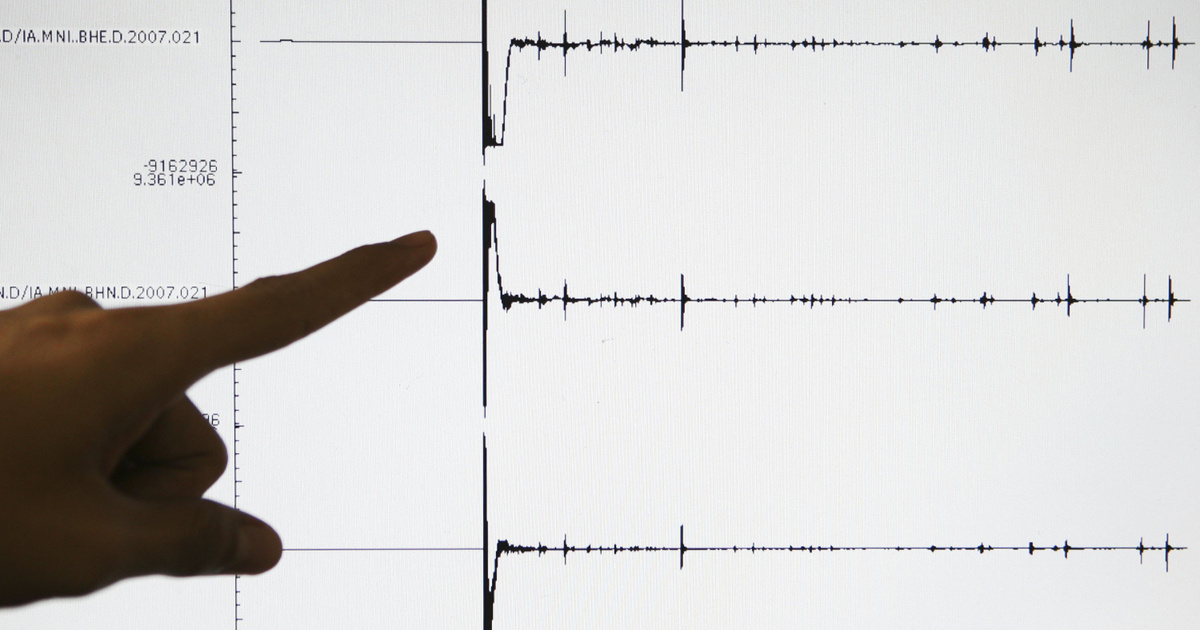Both expert studies and opinion polls show that competition between the Chinese and Americans is intensifying in Southeast Asia. At the same time, competition between great powers could be modified by ASEAN member states as well as regional “middle powers” such as Japan, India, Australia or the European Union, and to a lesser extent Russia.
The author notes that China is working intensively to expand and deepen its presence in all countries of Southeast Asia, while the United States has a somewhat neglected position in this field. As a result, the dominant narrative in the region is that China is a “inevitable” hegemonic power, while the importance of the United States is steadily declining. According to David Shampoo, this statement is inaccurate: The United States still has deep roots and a power more extensively in the region than China. Its cultural attractiveness, which appears in the media, movies, various sports, higher education, technology and investment, is unmatched and far exceeds the cultural influence of China in the region. Even annual spending for US regional aid programs is four times that of China. But the professor also adds that China could conquer the region if the United States did not pay enough attention.
The book provides a detailed analysis of Southeast Asia, which is made up of eleven nation states, ten of which are members of ASEAN, and together with a population of 636 million, is one of the most densely populated regions in the world. Its huge population is linked to religious diversity, which is one of the reasons why ASEAN is so difficult to work on common goals. It is geographically strategically important and has become the fastest growing economic region in the world. It is also a politically diverse environment, made up of five different stereotypes. Military modernization at the regional level in particular increases its strategic importance.
The nations of Southeast Asia have diversified their commitment to great powers over the past half century. What is striking, however, is that since the Cold War, Southeast Asia has not shown any equilibrium toward Beijing or Washington.
One of the book’s conclusions is that the Chinese are winning the race to gain influence over ASEAN. Nevertheless, Beijing must recognize the resentment many Southeast Asians feel about their imperial stance toward the region. Washington should also pay more attention to this area, which the author adds that the United States will make the biggest mistake if it tries to force the countries of the region to choose between the two. The great advantage of America may be that China has such a special tendency to expand.
The Where the Great Powers Meet, as well as previously published publications by Pallas Athens Publishing House (PABooks), are available for purchase at PABooks Bookstore, Wise Castle, and In your online store.











































